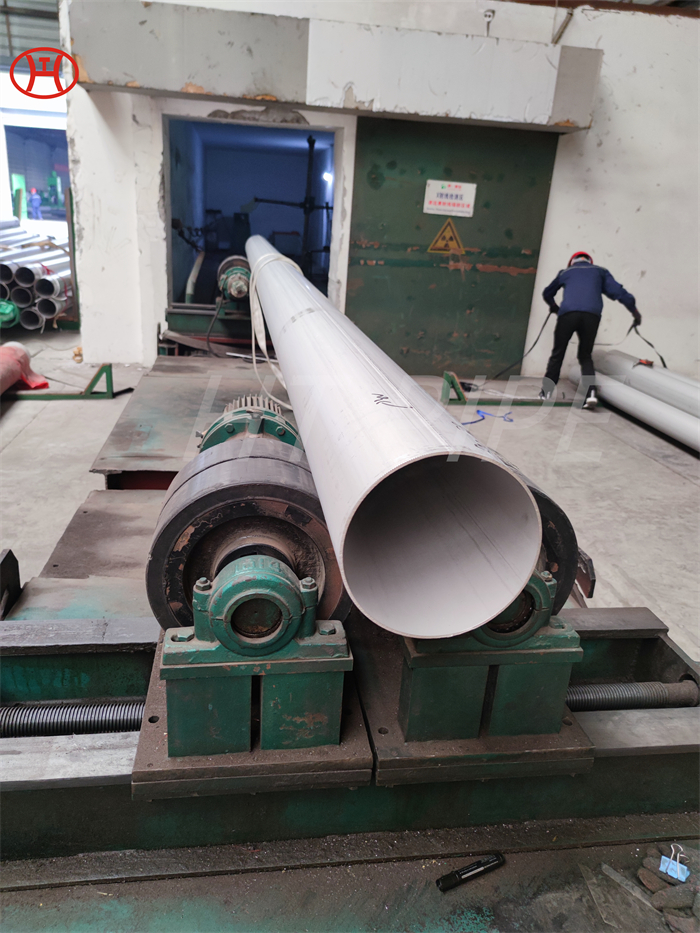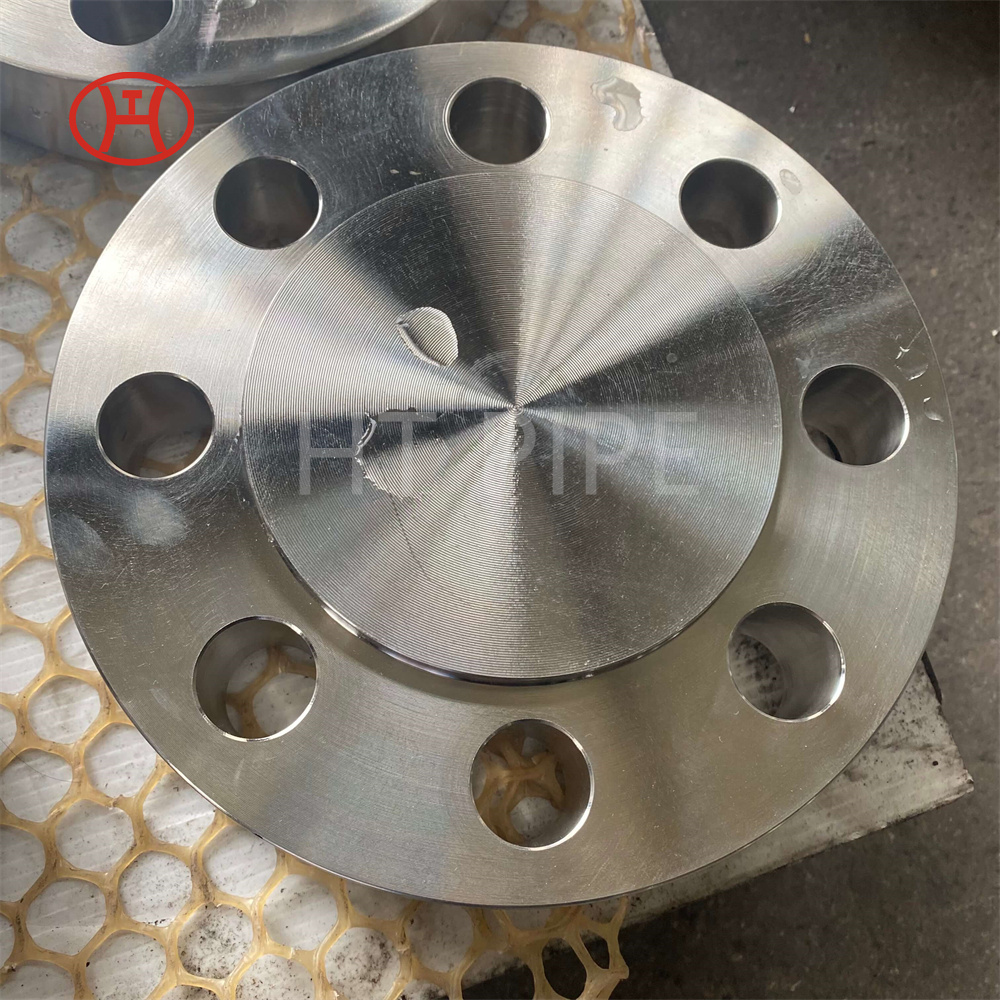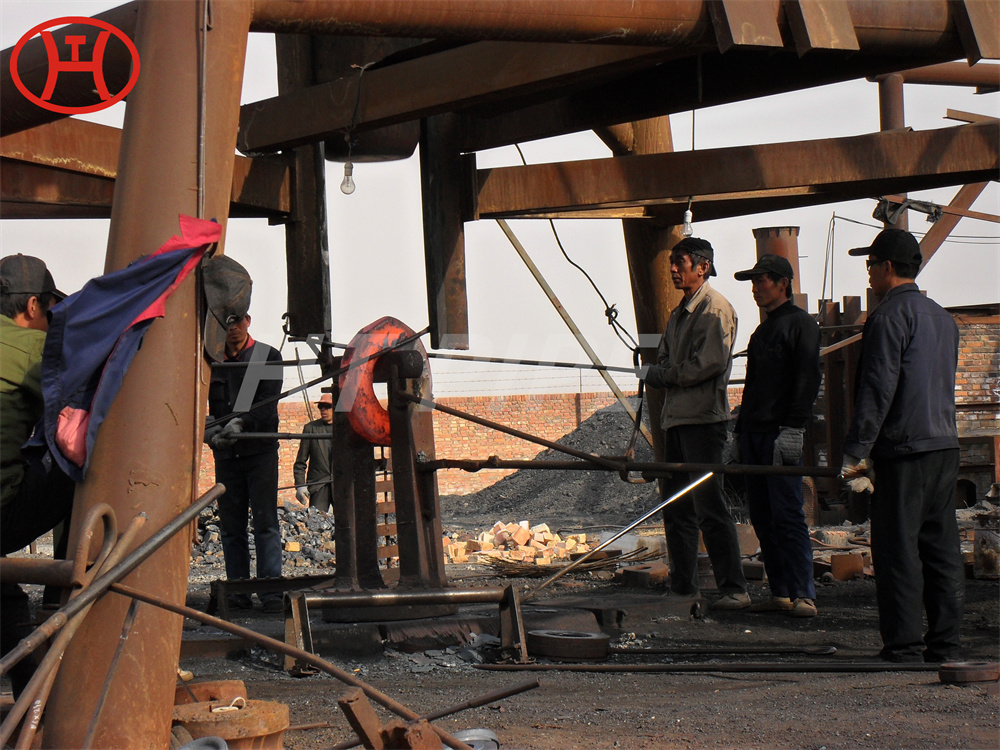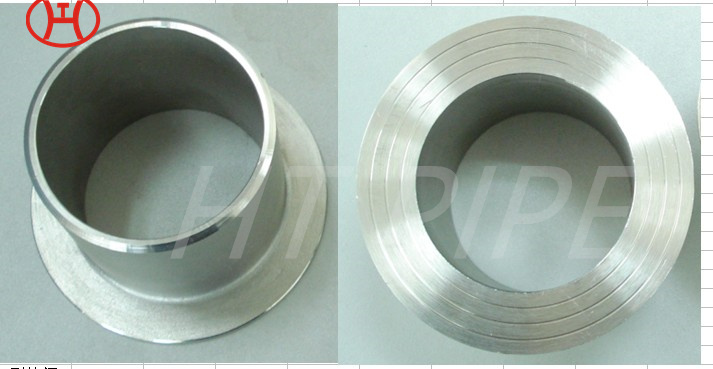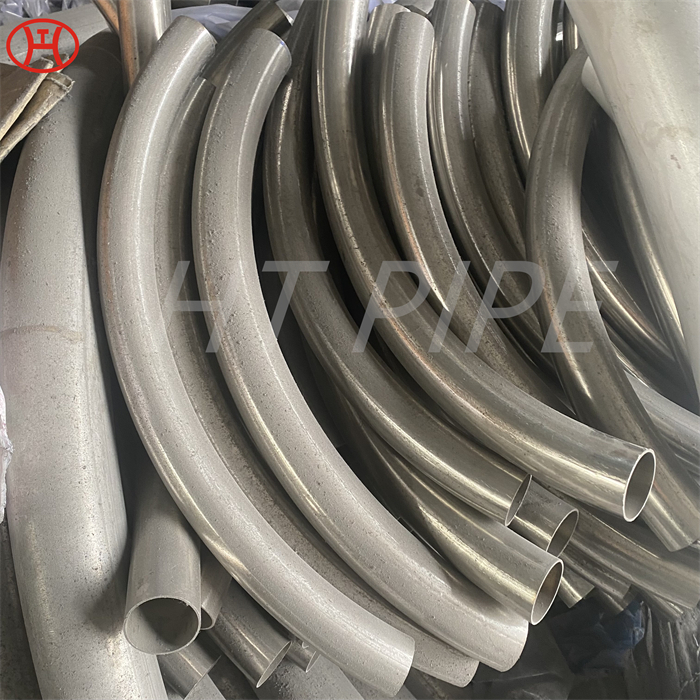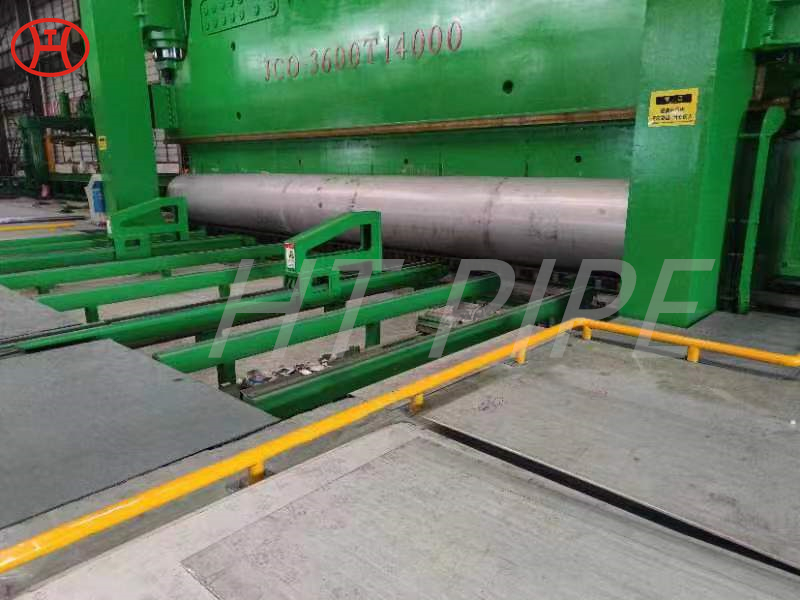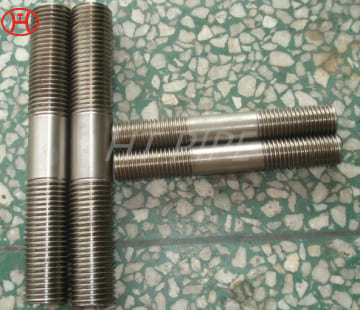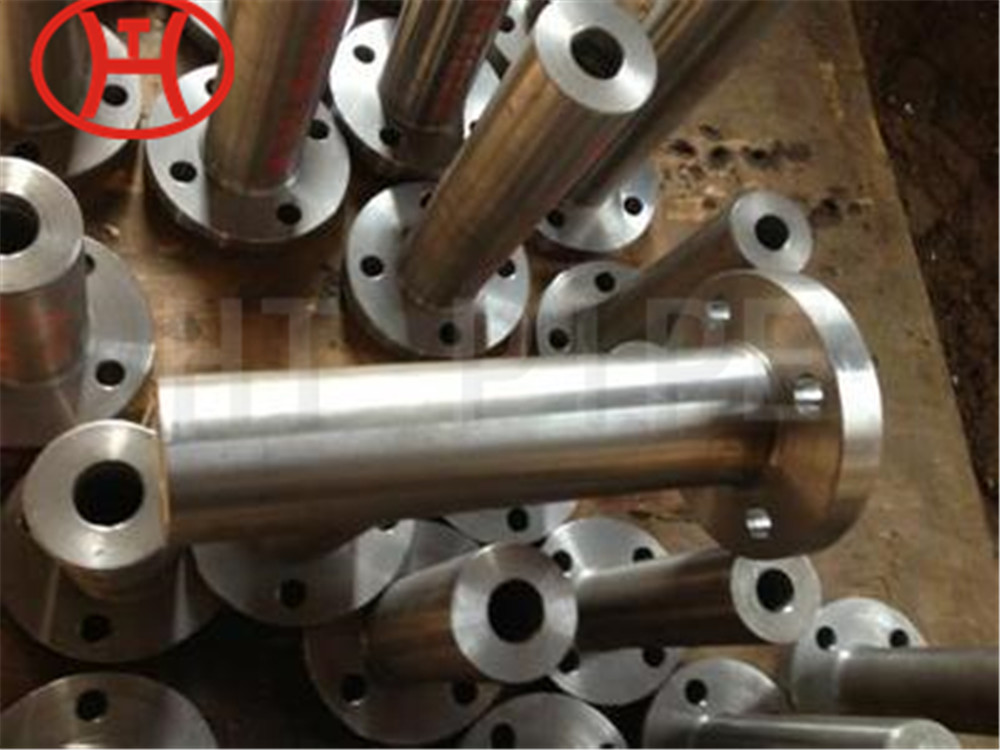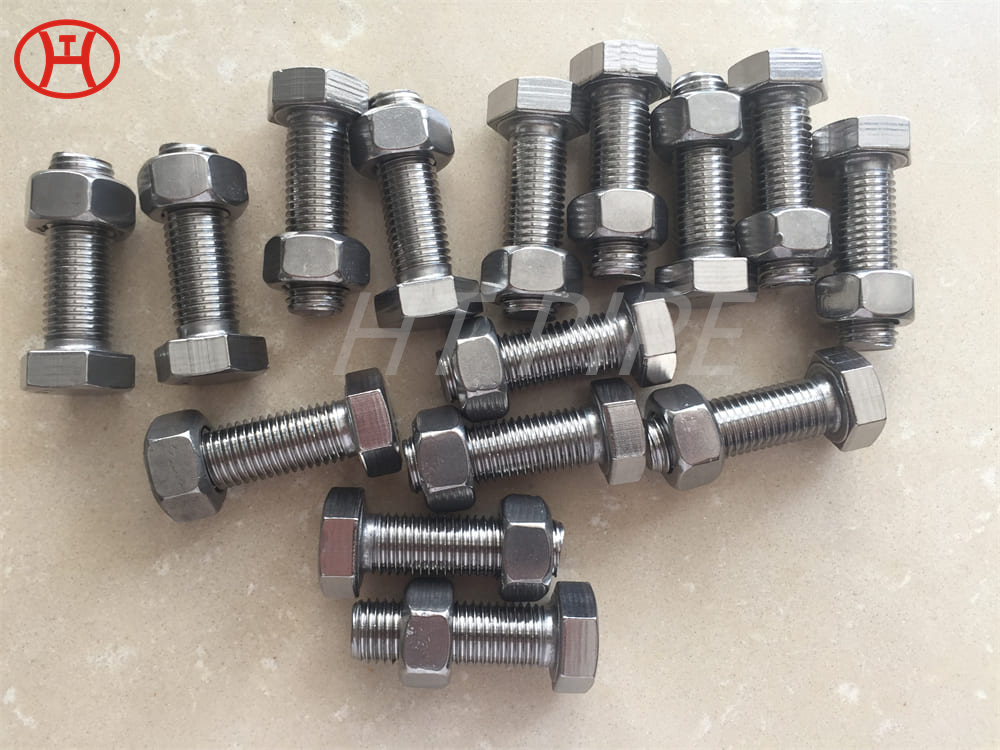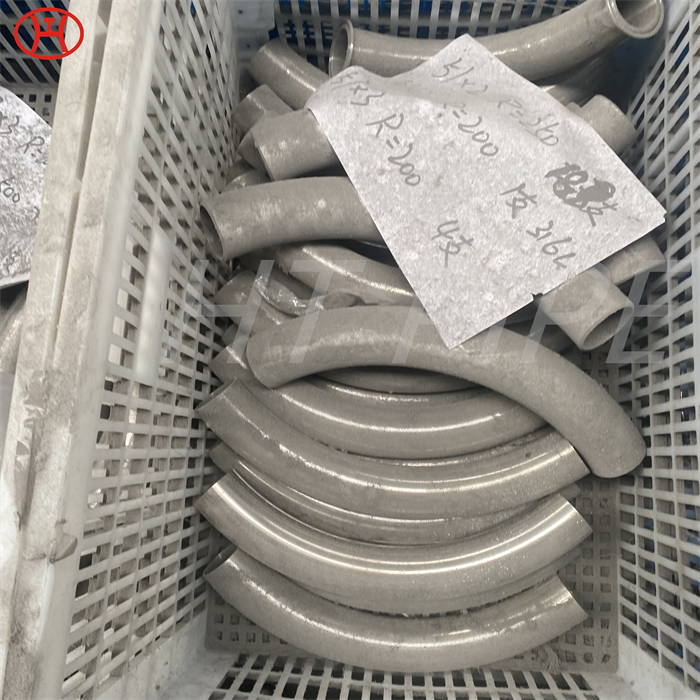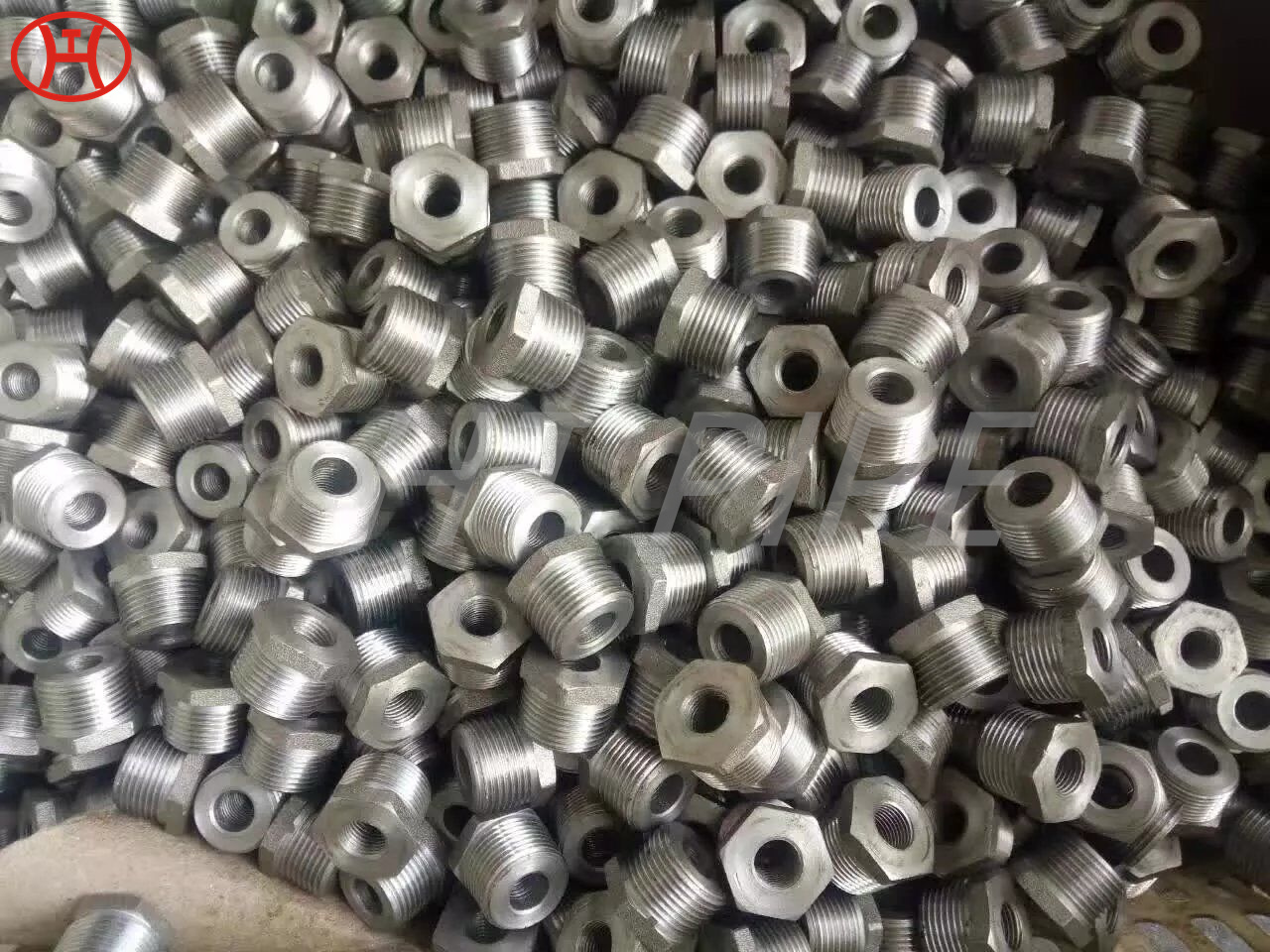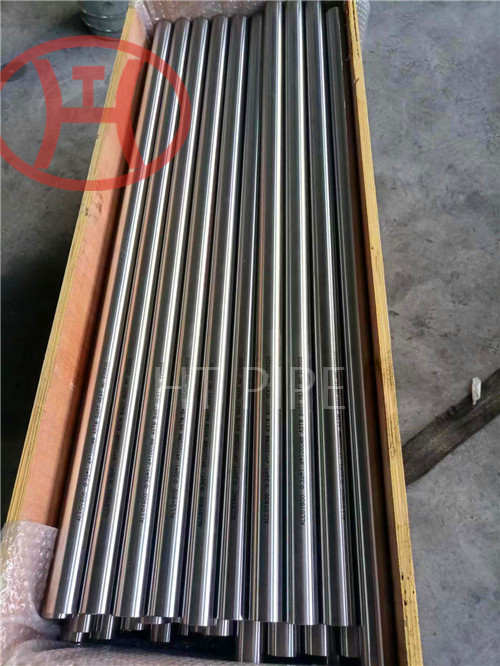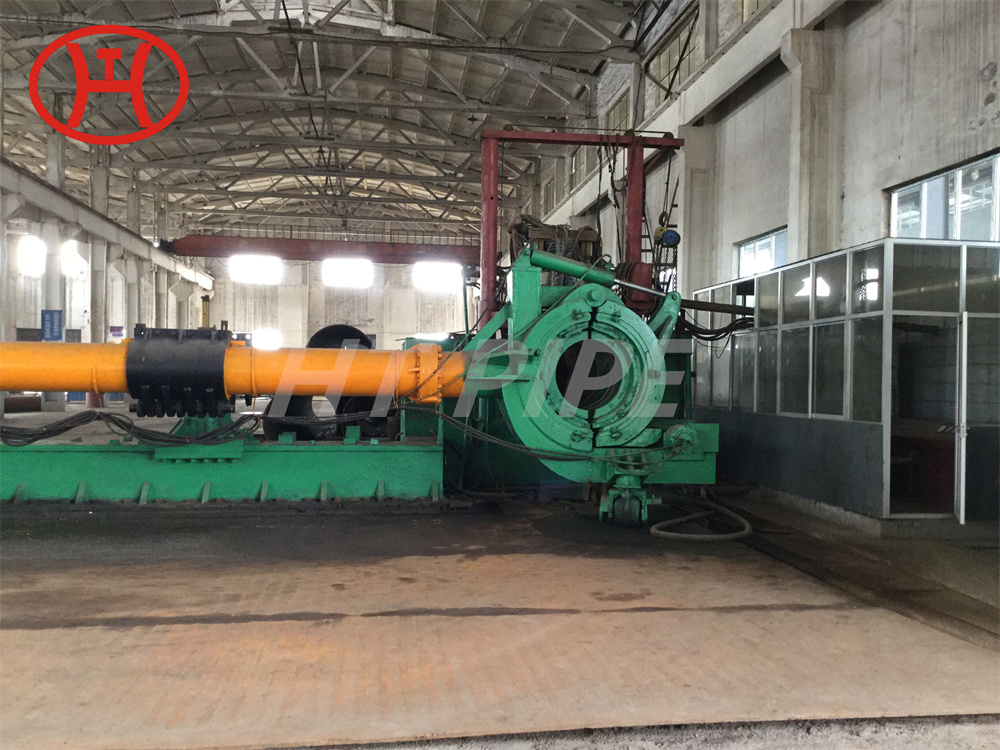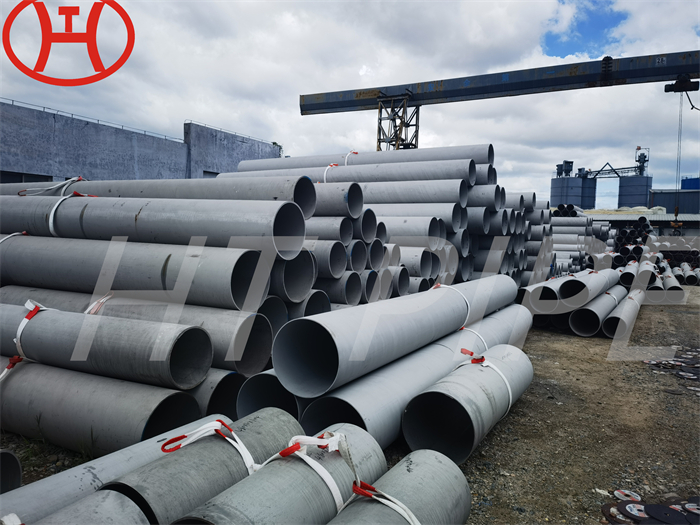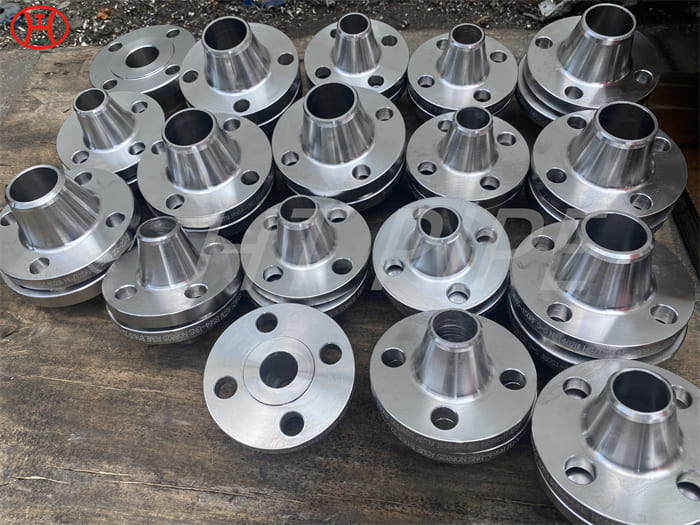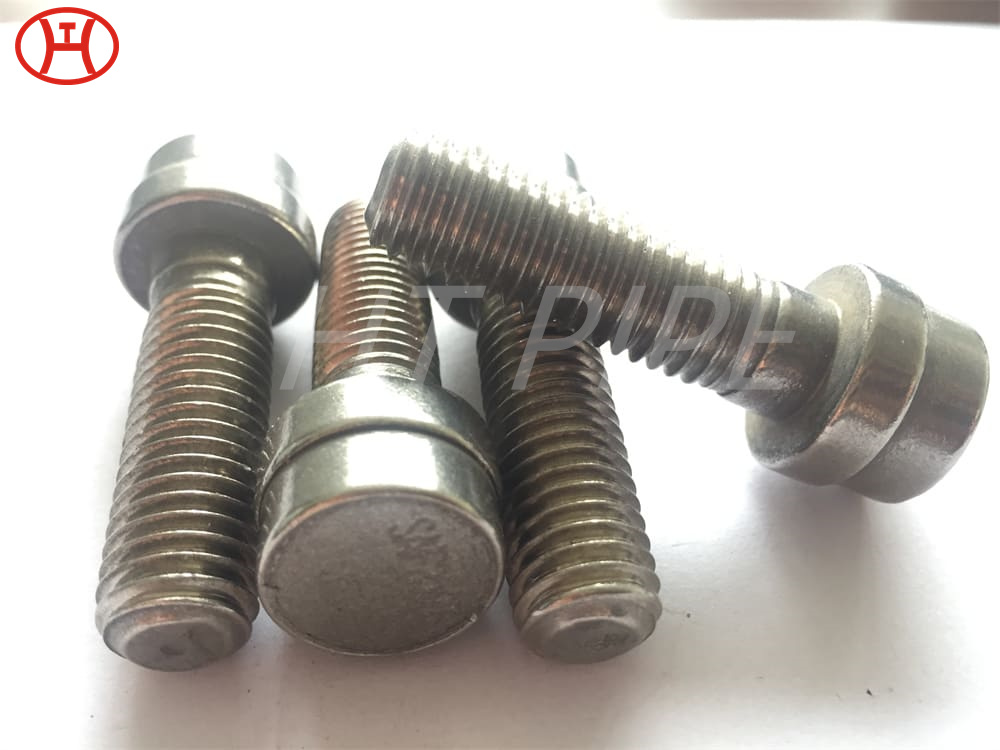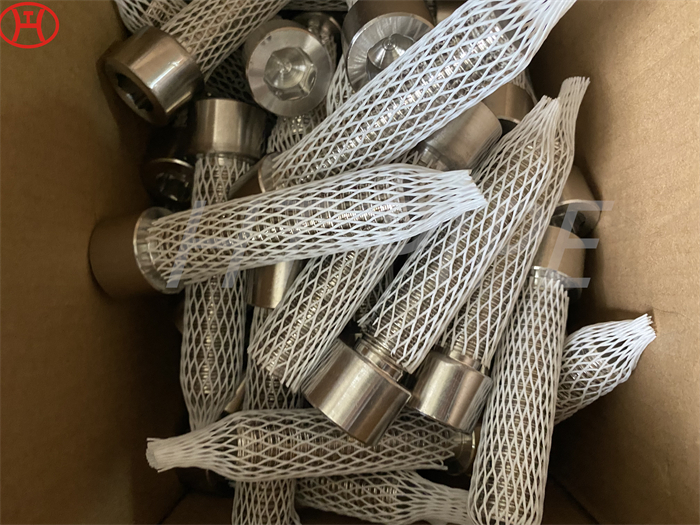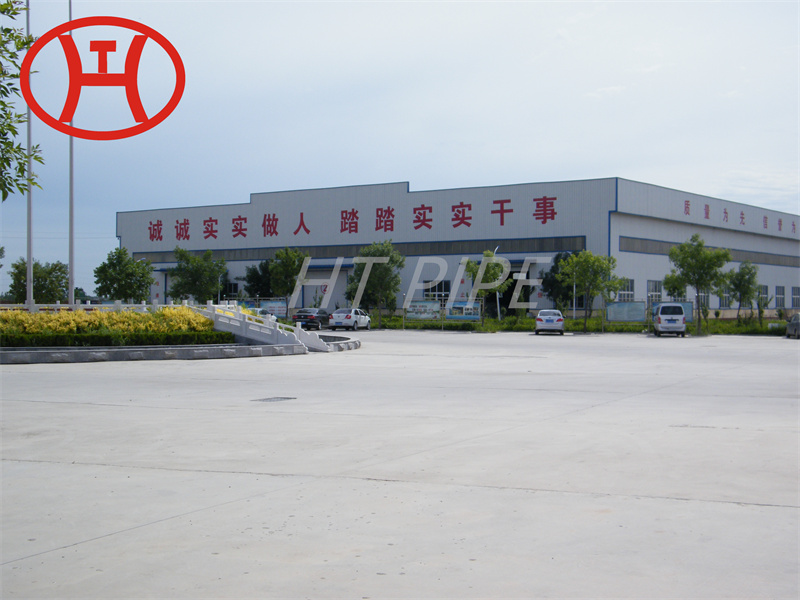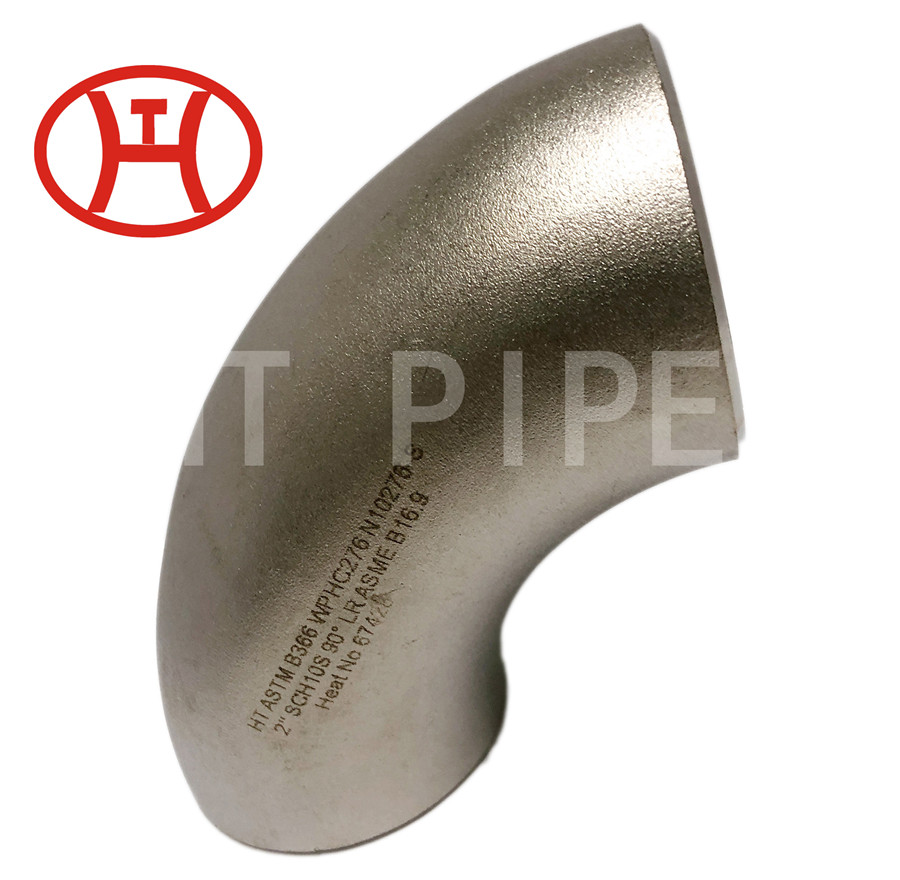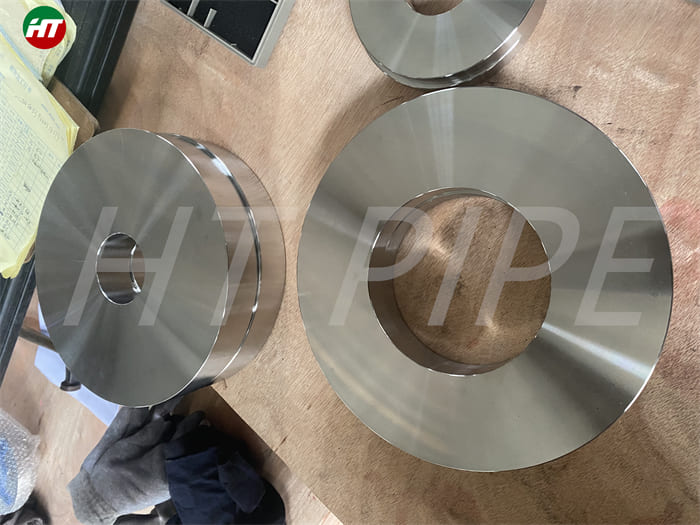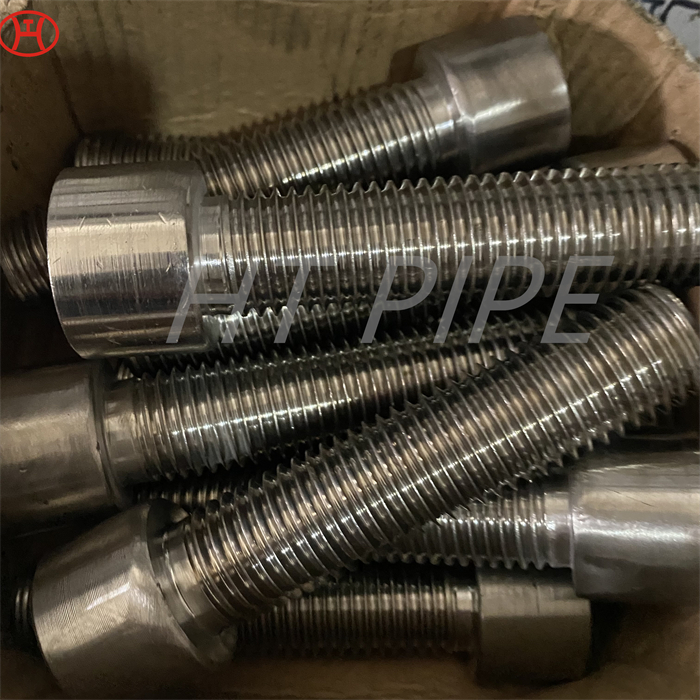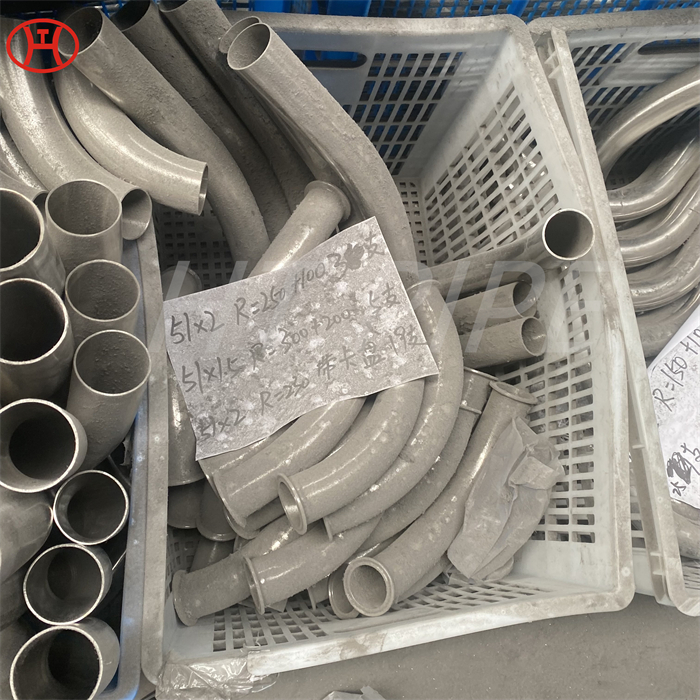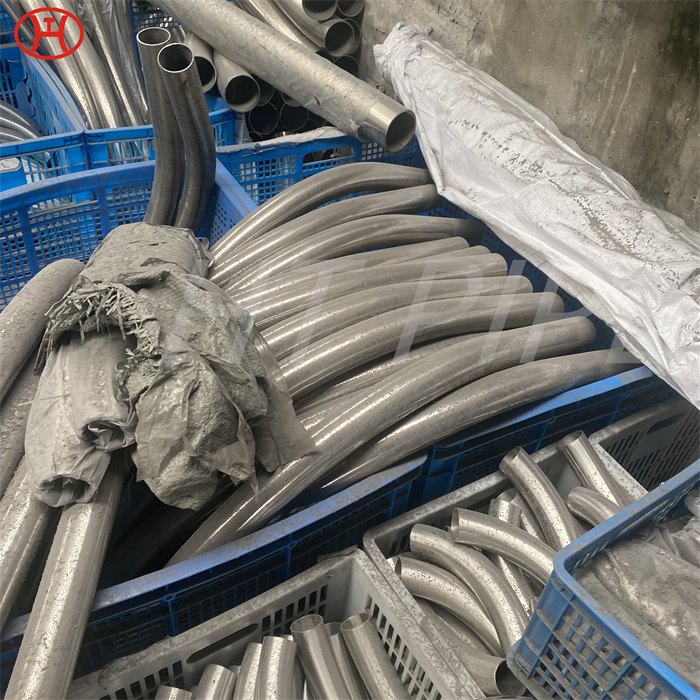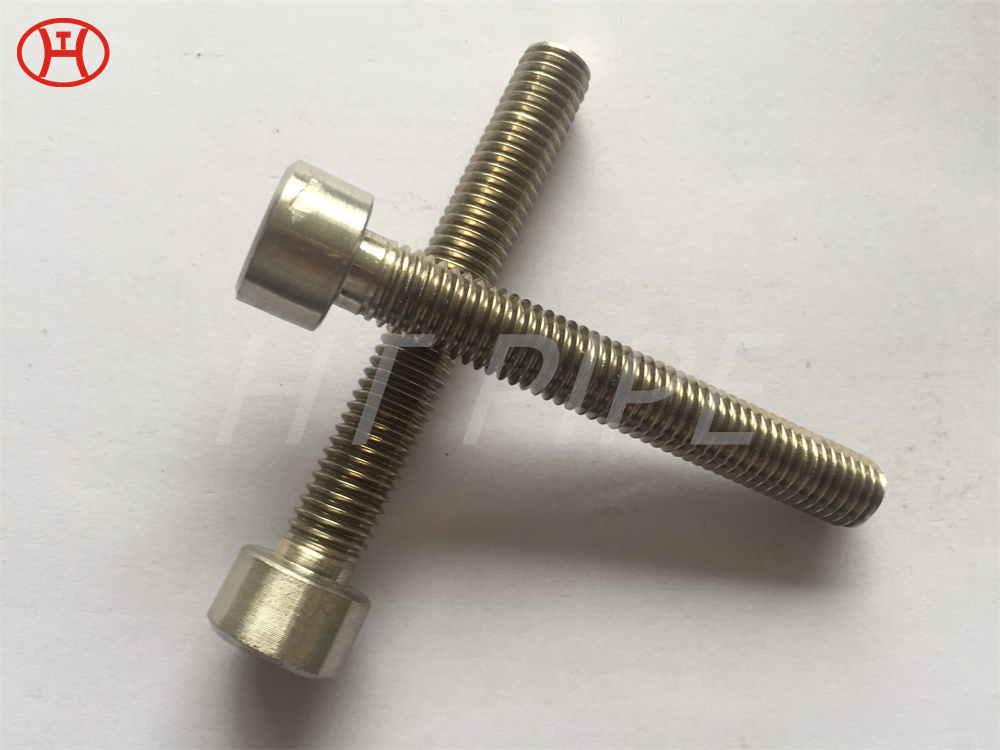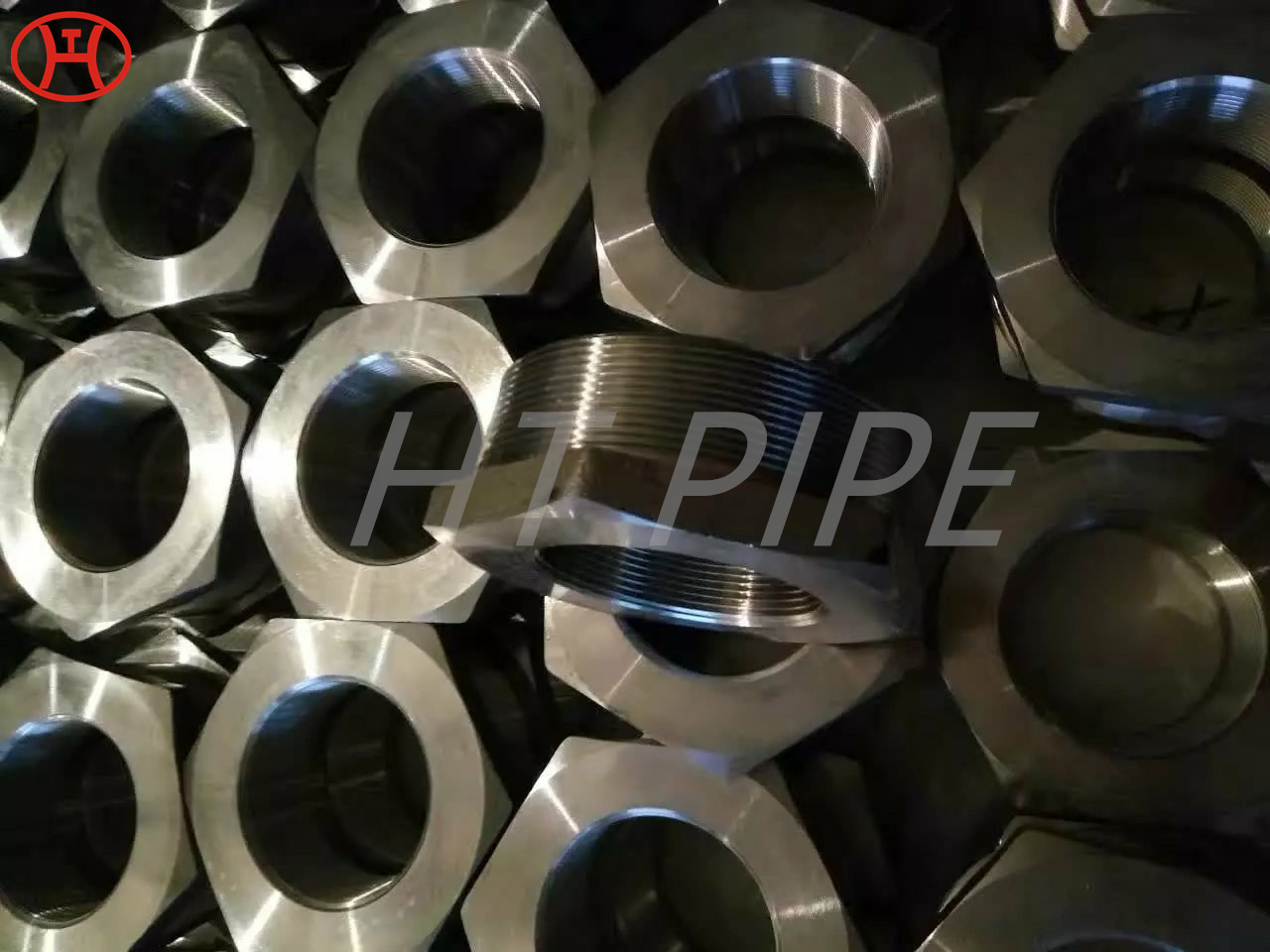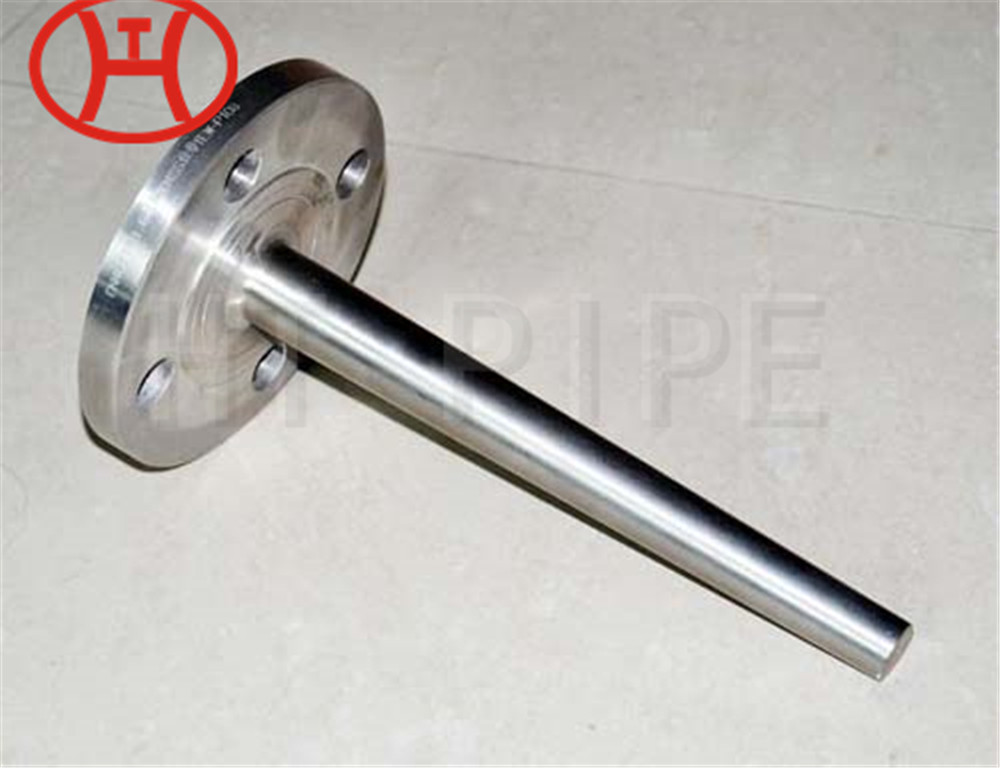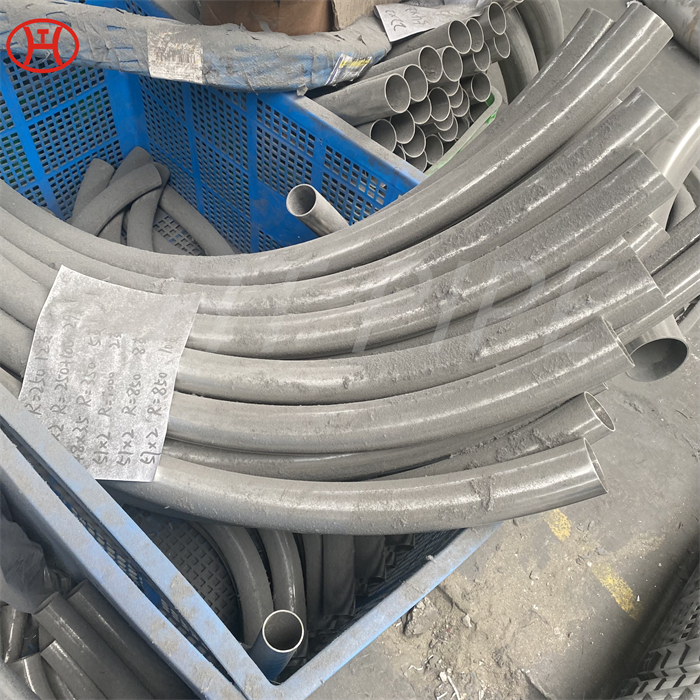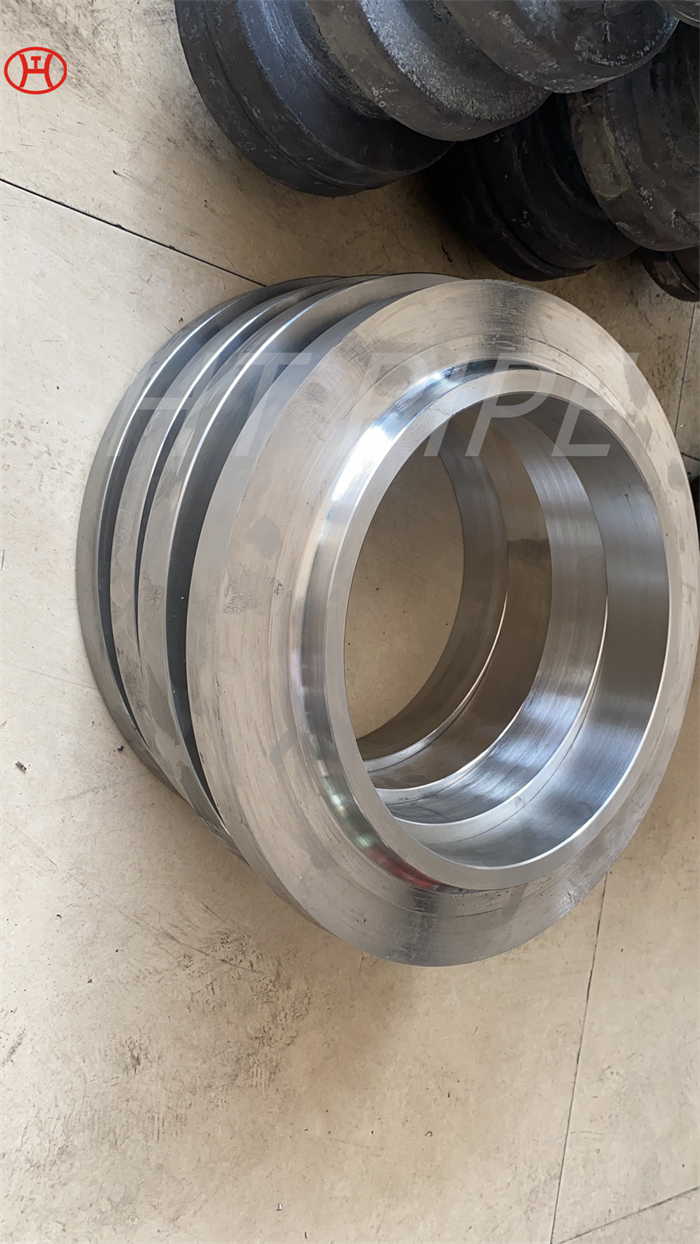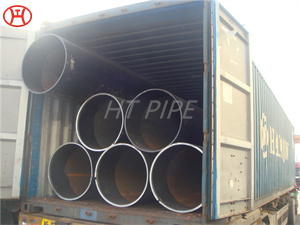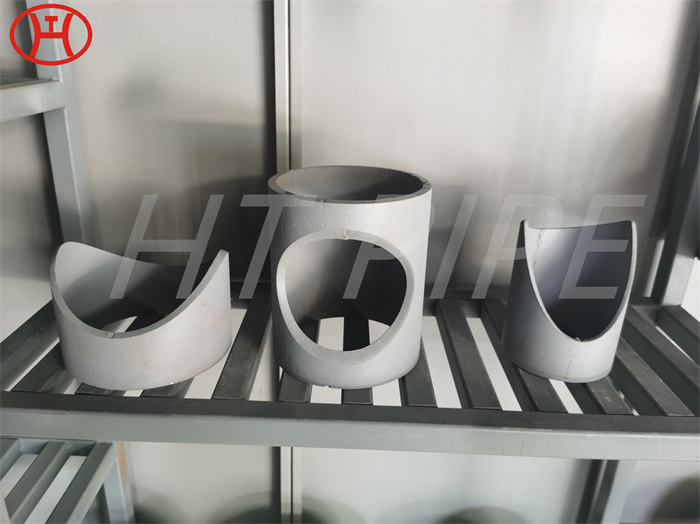Hastelloy B3 pipe and tube withstands sulfuric acetic formic and phosphoric acids
The pipes to the buyers are supplied at market leading rates.
Alloy B-3 has poor corrosion resistance to oxidizing environments, therefore, it is not recommended for use in oxidizing media or in the presence of ferric or cupric salts because they may cause rapid premature corrosion failure. Not only is the ASTM B622 specified Hastelloy B2 Custom Pipe resistant to hydrochloric acid, but it has the ability to resist corrosion in a wide range of temperatures and concentrations, as well. Hastelloy B3 has more superior thermal stability. It¡¯s widely used in chemical processes, vacuum furnaces, and piping components in reducing environments. Hastelloy B3 EFW Pipes are also being offered in customized sizes and shapes to our customers. Ganpat Industrial Corporation is one of the pioneer stockiest and supplier of Hastelloy B3 Square Pipes, which is available in different sizes and shapes at reasonable price to our patrons.









































































































